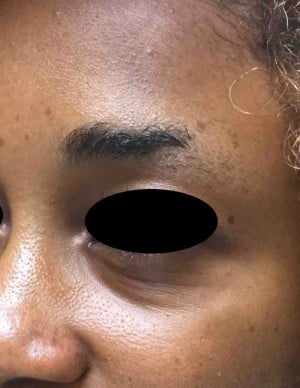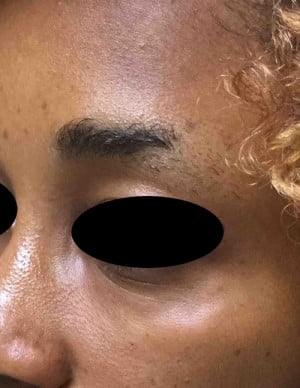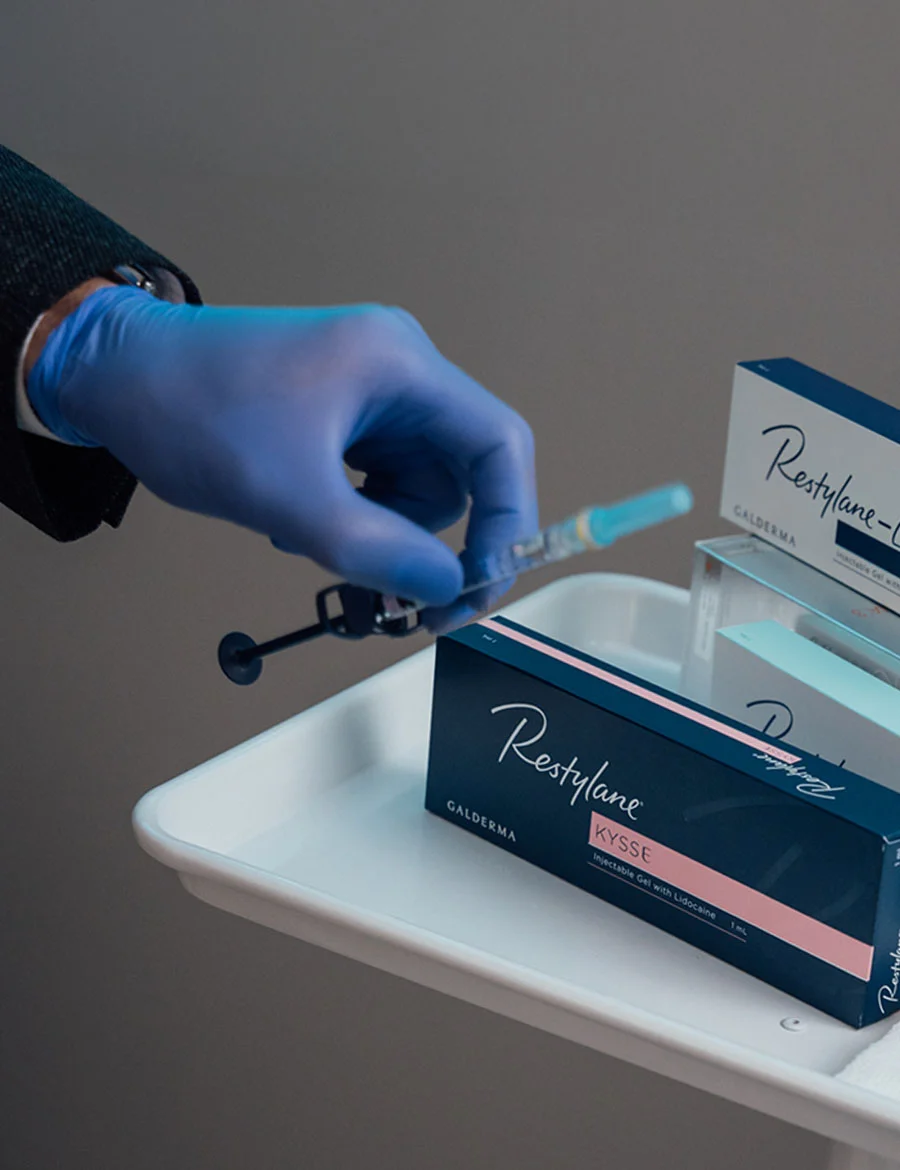Dermal fillers come in a variety of materials, most of which are considered temporary. However, some fillers on the market are classified as permanent.
They are used to replace volume that becomes depleted over time and instantly restore the appearance and facial balance associated with youth. The sunken and skeletal look that can occur with age is often associated with someone who is unhealthy, whereas a face with good volume and facial proportions is considered attractive, healthy, and youthful.
The most common filler material is hyaluronic acid. This naturally occurring substance in our skin becomes depleted over time. This temporary filler material can last anywhere between 6 and 18 months. This can depend on the thickness of the filler used as well as the amount injected. Thinner fillers are typically placed in areas of thin skin, such as the lips and the undereyes. A thin filler is used in these areas to avoid the lumps and bumps that can form from thicker fillers. Thicker fillers can provide a stronger lift to the underlying tissues and are used in areas of the face with thicker skin that require more power to volumize the tissues, such as the cheeks and temples.
Most fillers fit the definition of a subtle enhancement treatment to help individuals look good quickly. Many filler treatments can be completed in minutes in the office with minimal downtime. We frequently use fillers in combination with other treatments such as Botox injections. Combination treatments, including fillers, neuromodulators, and laser treatments, are becoming increasingly popular and can be a fast way to make a positive first impression.





